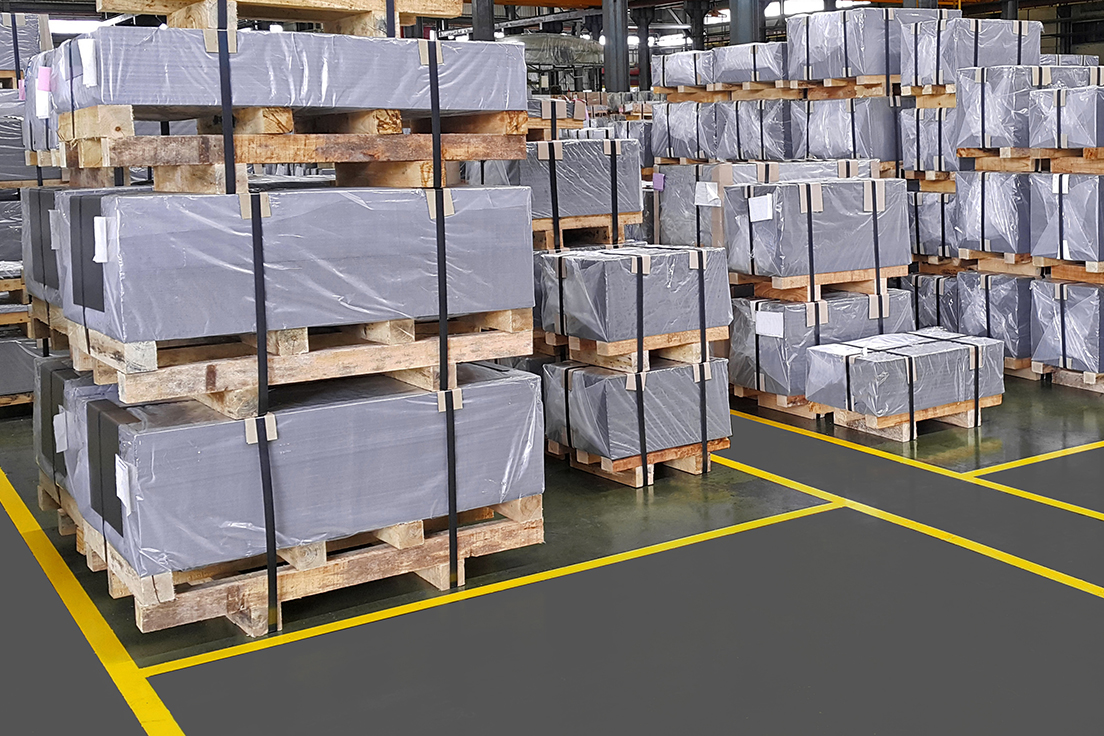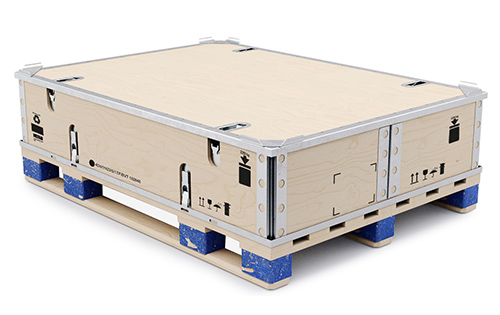Plastic Container Manufacturer Excellence: Crafting Solutions for You
Plastic Container Manufacturer Excellence: Crafting Solutions for You
Blog Article
Effective Industrial Recycling Solutions for Sustainable Product Packaging: A Comprehensive Guide
That's where this thorough guide on efficient industrial recycling remedies for sustainable product packaging comes in. By checking out key areas such as product packaging material selection, making for recyclability, carrying out recycling infrastructure, teaming up with recycling companions, and tracking and measuring reusing success, this guide will certainly equip you with the understanding and tools needed to make informed choices and drive positive change within your company. Whether you're a product packaging professional, sustainability manager, or merely interested in the subject, this guide will provide useful understandings and methods to aid you navigate the globe of lasting product packaging.
Packaging Product Choice
The selection of packaging materials plays an essential duty in making sure the sustainability of industrial recycling options. When it involves lasting product packaging, the selection of materials is type in decreasing ecological influence and making best use of reusing performance. Picking the best materials can help decrease waste generation, conserve resources, and advertise a circular economic climate.
Products like cardboard, paper, glass, and particular kinds of plastics can be reused multiple times without shedding their quality. On the other hand, products that are tough to reuse, such as mixed plastics or non-recyclable compounds, can create difficulties for the recycling procedure and may finish up in incinerators or land fills.
One more factor to consider is the use of naturally degradable and eco-friendly materials. Product packaging made from renewable energies, such as plant-based plastics or biopolymers, can assist reduce reliance on nonrenewable fuel sources and mitigate climate adjustment. Furthermore, eco-friendly materials break down normally with time, minimizing the accumulation of waste in garbage dumps.
In addition, the weight and volume of packaging products ought to be lessened to lower transportation costs and energy intake. Lightweight materials not only require fewer sources throughout manufacturing but likewise add to lower carbon discharges throughout transport.
Designing for Recyclability
Product packaging designers ought to prioritize the usage of materials that are widely accepted for reusing and have actually established recycling frameworks. Products such as glass, aluminum, and certain kinds of plastic, like Family pet and HDPE, are typically recycled and must be chosen over materials that are hard or expensive to recycle.
One more critical consideration in developing for recyclability is the removal of unneeded components or products. By lessening the number of layers, coatings, and added parts, packaging can be made less complex and much easier to recycle. In addition, designers should intend to minimize the use of blended materials, as they can make complex the reusing process.

Implementing Recycling Infrastructure
Efficient implementation of reusing framework is vital for the success of industrial reusing solutions. Without appropriate facilities in place, the reusing procedure becomes ineffective and ineffective, impeding the total goal of lasting product packaging.
To carry out reusing infrastructure successfully, numerous essential aspects need to be thought about. There must be an efficient collection system that facilitates the splitting up and collection of recyclable materials. This can include assigned reusing containers in public areas, along with partnerships with waste management business for curbside pickup and sorting.
When accumulated, the recyclable materials need to be delivered to reusing centers in a prompt fashion. This requires efficient logistics and transportation networks, making sure that the products reach the suitable facilities right away.
At the reusing facilities, progressed sorting and processing modern technologies ought to remain in location to separate various types of products properly. This consists of making use of automated arranging equipments, optical scanners, and hand-operated sorting techniques.
Additionally, there must be a durable market need for recycled products. This can be achieved through collaborations with producers and industries that use recycled materials in their production processes. Developing a secure market for recycled products incentivizes the recycling market and promotes the circular economy.
Collaborating With Recycling Allies

One trick facet of working together with reusing partners is the facility of clear communication channels. It is essential to develop open lines of interaction to help with the exchange of details, updates, and comments. This allows both events to remain educated about the progress of recycling campaigns and address any kind of difficulties or issues that might occur.
Furthermore, partnership can involve collaborations in More Help developing and applying recycling programs. Reusing partners can give important understandings and guidance in creating efficient collection systems and establishing the most proper recycling innovations. By interacting, companies and reusing companions can optimize the recycling procedure and minimize waste.
Additionally, cooperation can extend past the operational aspects of recycling. It can likewise encompass advocacy and education and link learning initiatives. By joining pressures, companies and reusing companions can raise understanding concerning the significance of reusing and advertise the fostering of sustainable packaging practices amongst consumers and other stakeholders.
Tracking and Measuring Recycling Success
To make certain the effectiveness of industrial recycling options and the success of sustainable product packaging objectives, it is important for companies and their reusing companions to establish an extensive system for tracking and determining reusing success (industrial packaging solutions). Tracking and gauging recycling success enables companies to examine the effect of their recycling efforts, identify areas for improvement, and set meaningful targets for future progression
One means to track reusing success is via making use of information collection and evaluation devices. By collecting information on the quantity of product packaging waste produced, the portion of waste that is reused, and the kinds of materials being reused, businesses can get useful insights right into their recycling efficiency. This information can after that be evaluated to recognize patterns, patterns, and areas of inadequacy.
One more essential aspect of monitoring and gauging recycling success is establishing standard and clear metrics. This enables companies to compare their performance versus market benchmarks and track their progression with time. Metrics such as reusing rates, waste diversion prices, and greenhouse gas exhausts can supply a measurable procedure of a business's reusing success.

Verdict
In verdict, carrying out efficient industrial recycling solutions for lasting packaging requires careful factor to consider of packaging product choice, designing for recyclability, applying reusing infrastructure, teaming up with recycling companions, and tracking and measuring reusing success. By integrating these techniques, services can add to a much more environmentally-friendly and lasting strategy to product packaging, reducing waste and promoting the round economic situation.
By checking out key locations such as packaging product selection, making for recyclability, executing reusing infrastructure, teaming up with recycling companions, and tracking and determining recycling success, this guide will certainly equip you with the understanding and tools required to make informed choices and drive positive change within your company. Packaging developers should prioritize the use of products that are widely accepted for recycling and have actually established recycling facilities.Collaboration with recycling companions is essential for the effective execution of industrial recycling options and the success of sustainable product packaging objectives. By joining forces, companies and reusing companions can raise awareness concerning the importance of recycling and promote the adoption of sustainable packaging methods among consumers and other stakeholders.
By gathering information on the quantity of product packaging waste created, the percent of waste that is reused, and the kinds of materials being recycled, companies can get useful understandings right into their reusing performance.
Report this page